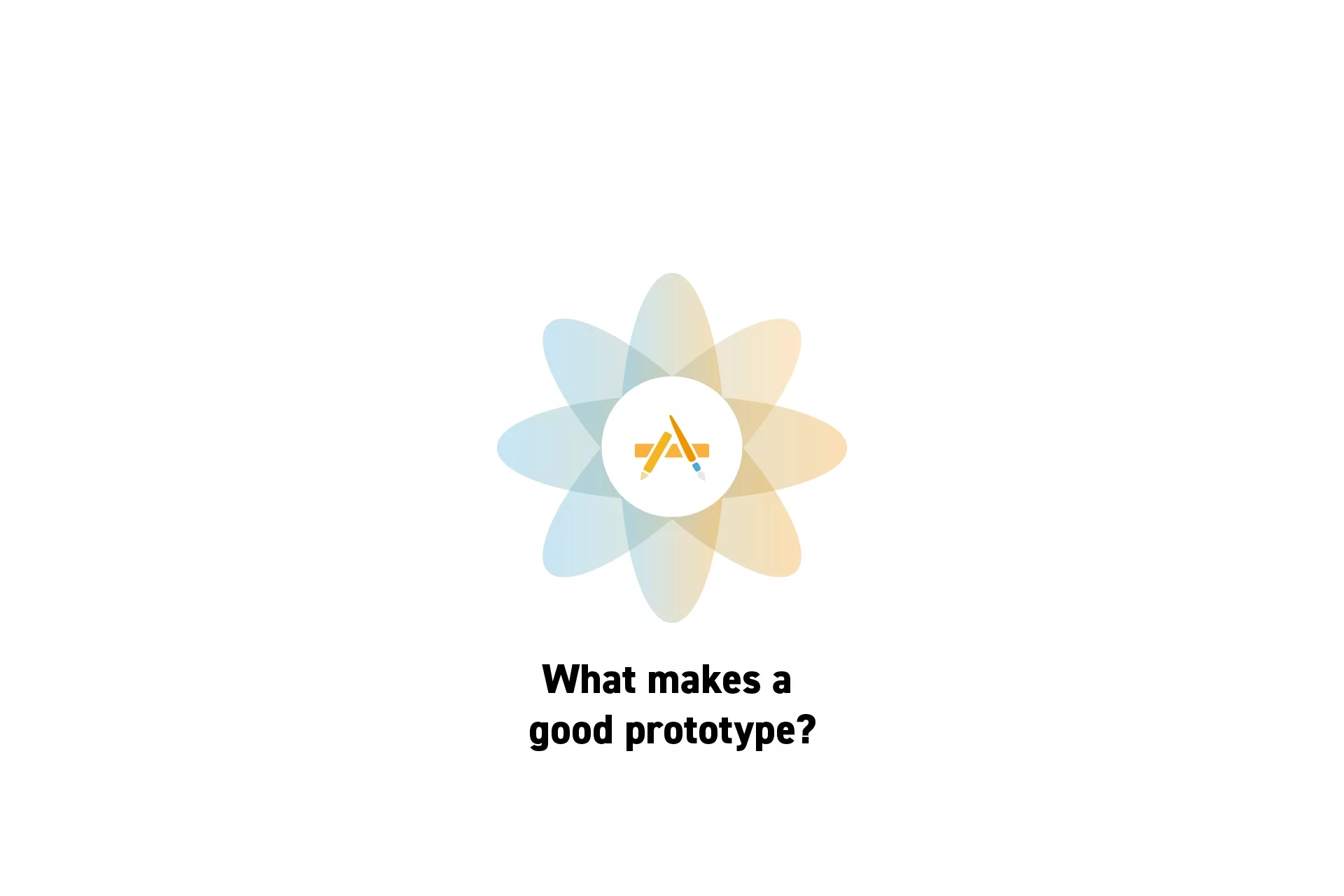What makes a good prototype?
A good prototype depends on the situation at hand and what you are trying to validate.

A good prototype depends on the situation at hand and what you are trying to validate.
SubscribePrototyping is at the core of any design thinking innovative process or model as it enables companies and individuals to test ideas with members of the target audience through in-depth interviews or focus groups with the purpose of evaluating a hypothesis and finding a product-market fit (PMF).
A good prototype therefore, enables anyone to discover whether that what they are doing works and should be invested in or not.
Depending on the stage that a company or individual is at and the resources that they have at their disposal, they may wish to use create prototypes of lower or higher fidelity.
Apple for example, would never put something in front of a customer that did not meet their quality whilst no one would be surprised to see student gather feedback using a sketch.
To help you understand the different levels of fidelity, why you would pick them, we have listed three categories below.
Technology Validation
A tech validation prototype is a concise, purpose-specific prototype created in the final technology to demonstrate that what an idea is proposing is technically feasible.
This should be done when a company or individual is not certain that they can create what they are proposing.
Low Fidelity
A low fidelity prototype is a representation of a product, service or experience that has minimal functionality, a rough design and is low-cost to build which can be created through sketches or using Figma.
This fidelity should be used you when you don't have many resources, time or have many ideas that you want test.
Clickthrough Prototype
A clickable prototype is an interactive representation of a product, service or experience created from images or video without any true functionality and can be created using Figma.
This fidelity should be used when you have a little confidence or proof of the value you are providing but want something that could be real to test with.
Video MVP
A video MVP is a demonstration of the utility and vision of a product, service or experience.
This fidelity should be used when you have confidence or proof of the value you are providing and want to market to investors or a target audience.
High Fidelity Prototype
A high fidelity prototype is an interactive representation of a product, service or experience that offers close to final functionality, design and features.
High fidelity prototypes can be created using Figma but should be created in code, enabling them to be true representations of the final creation.
This fidelity should be used when you have confidence or proof of the value you are providing and want to test features, key moments or near-final experiences with members of the target audience.
Looking to learn more about Prototyping, Innovation, Design or Technology?
Search our blog to find educational content on prototyping, innovation, design and development.